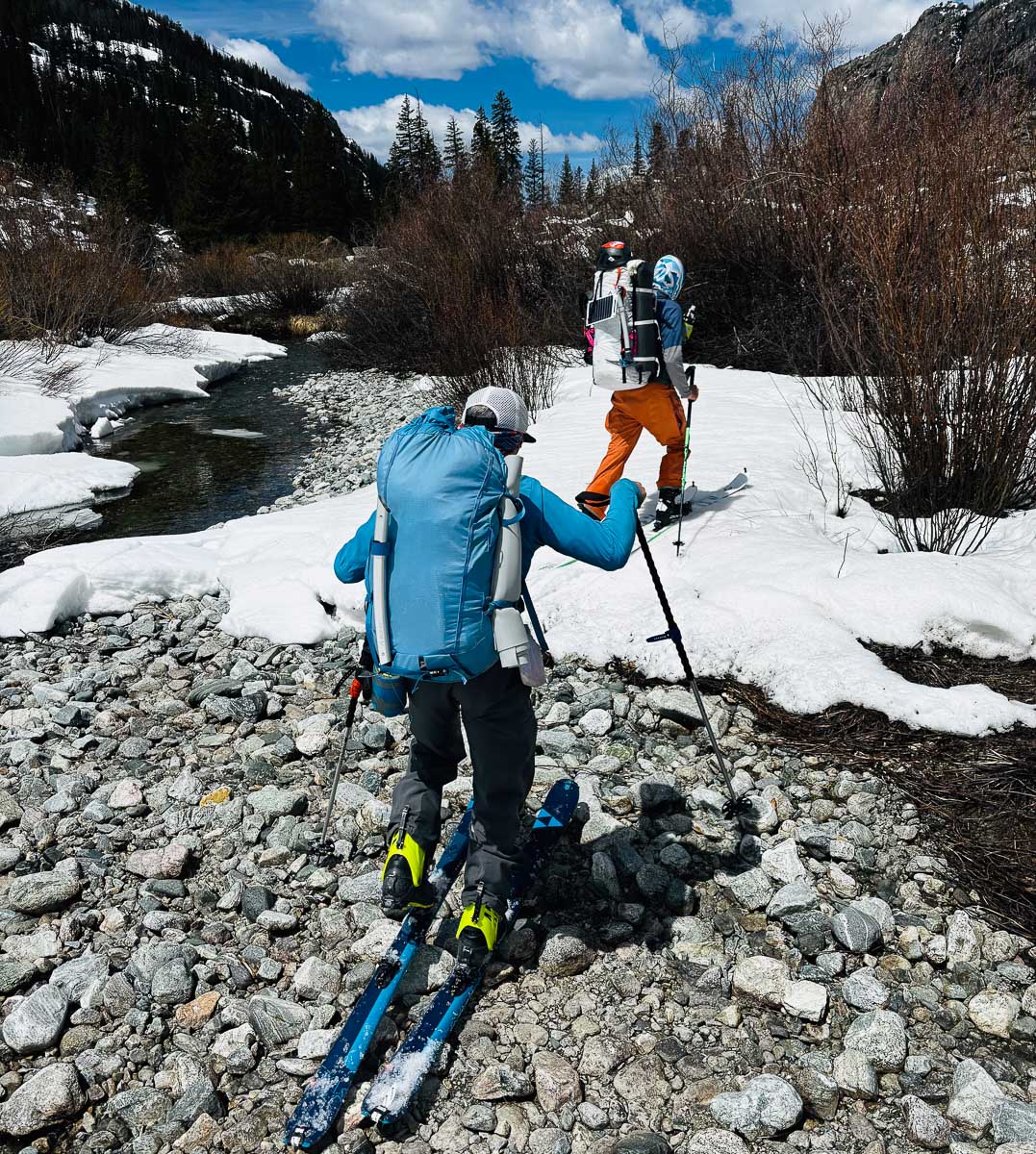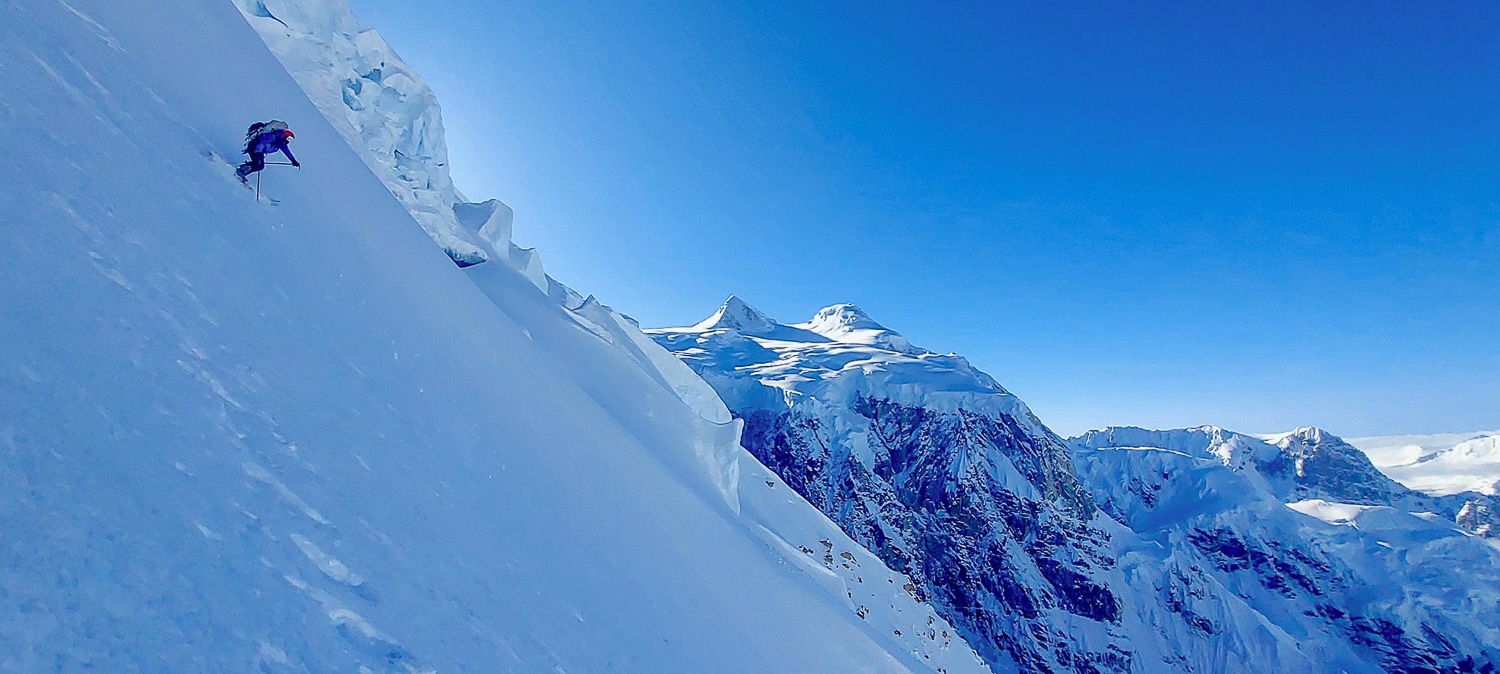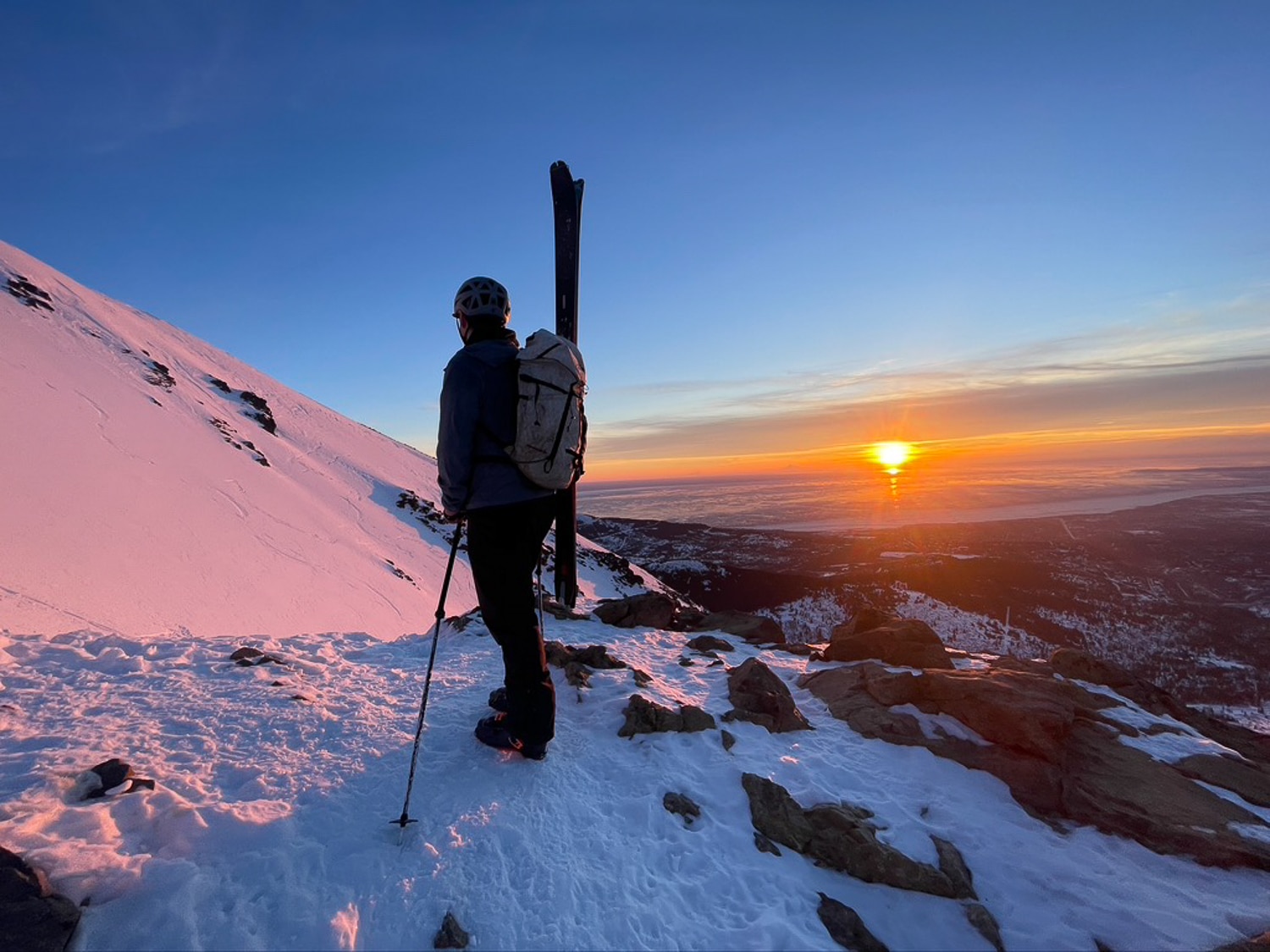As a platform deeply invested in backcountry skiing/riding, it follows that we want readers to be the best version of themselves in the hills. That best version, to a degree, involves having a good time. If it’s all pure suffering, your internal dialogue will unlikely pivot to a place of joy.
Finding joy, even the joy bundled with a heavy dose of suffering, depends on having the right tools for the adventure. (The wrong tools often equate to more of the bad type of suffering.) We’ve been thinking about how to address the issue of building a quiver of touring skis and boots. Recording the first episode of our Gear Shed Podcast reminds us to balance conspicuous consumption tendencies with really zeroing in on the tools that will serve you best. By the time this is published, it will be late September. An optimal time to seek used gear or deals on last season’s gear, and even the season before that, is now.
You know this, the Web is loaded with sites and platforms selling used gear. Some are listed below in no particular order:
We like Facebook Marketplace as a search tool for used gear since one can specify a location and a search radius. Using Denver as our location and a 100 mile radius, sweet goods populate from as far away as Summit County. Bump out to 250 miles, and Durango enters the picture.
There’s Craigslist and online sporting goods providers like Geartrade, eBay, etc. You don’t need hand-holding to discern the basics. However, since the digital world can be full of scams, although our community likely has fewer scammers, it still may be best to have a phone call or video chat with the seller before purchasing. Many mountain towns and cities also have excellent used outdoor gear stores. These shops often swap out summer gear for winter gear about now—head on in, you might find some unicorn skis.
The point here is to think about used gear. And specifically, the used gear you want/need/covet, which connects to the idea of building out a quiver.






Leave a Reply
You must be logged in to post a comment.